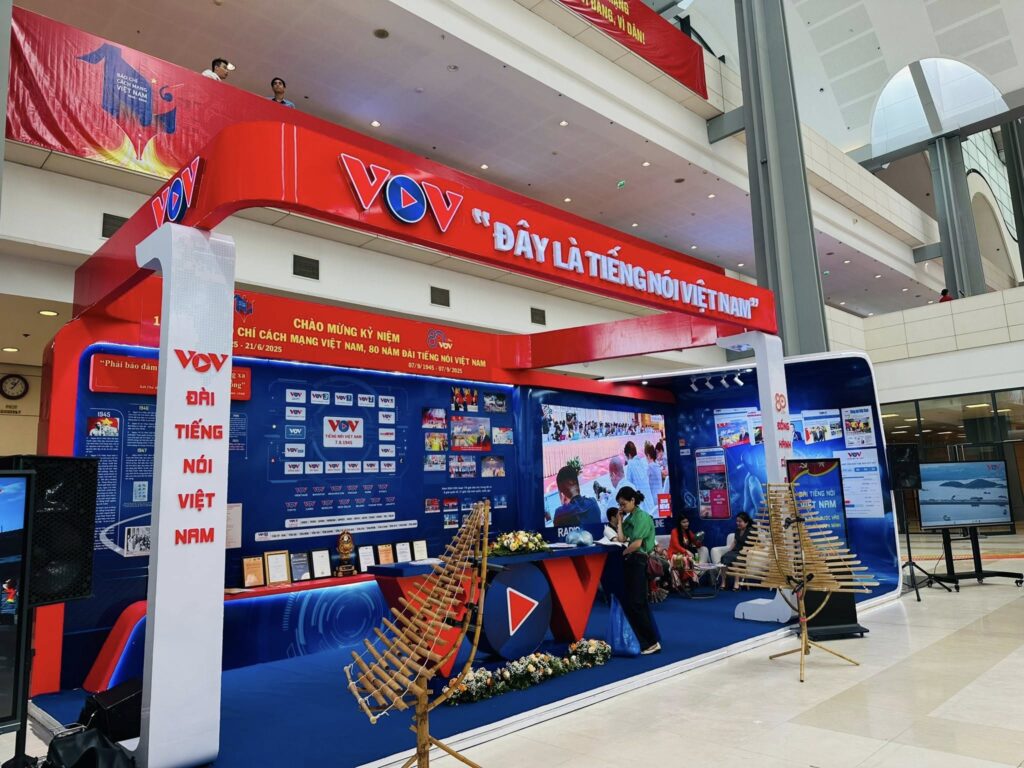Vietnam’s centennial press reforms, driven by Resolution 18, mark a significant shift in Vietnam’s media landscape. Independent analysts and media reform observers estimate that the total number of press outlets could be reduced by nearly half—from the 884 in 2024.
These changes include merging local outlets, centralizing editorial oversight under the Party’s Publicity and Education Commission, and embracing digital tools like AI and data journalism. The overarching goal is to streamline operations, reduce redundancy, and ensure the press align more closely with national development objectives.

Implications for Foreign Investment
These structural shifts carry important implications for Vietnam’s foreign investment environment.
Improved Information Transparency
On the positive side, a more professional and digitally capable press can bolster investor confidence through clearer economic reporting and more consistent policy communication, helping to alleviate the information asymmetries that often concern foreign investors. According to the Vietnam Financial Times’ coverage of EuroCham’s annual Business Confidence Index, Chairman Bruno Jaspaert highlighted that such modernization contributes to a more predictable and investor-friendly climate.
Risk of Over-Centralization
At the same time, growing editorial centralization has prompted questions about its potential impacts on journalistic flexibility and the diversity of viewpoints. Overly controlled narratives could obscure regulatory risks or market volatility, potentially undermining trust in official channels. Jaspaert cautioned that despite Vietnam’s appeal, ambiguous regulations and overlapping agency roles continue to pose challenges for foreign businesses.
EuroCham’s recent Whitebook and Jaspaert’s commentary emphasize both optimism and caution. He praises the country’s cost-effectiveness and responsive investor support mechanisms but stresses the need for a clearer legal framework and streamlined customs procedures. “Establishing a consistent regulatory environment is crucial,” he noted, pointing to administrative complexity as a barrier to efficient business operations.
Edelman Global Advisory echoed this sentiment, observing that while media reforms aim to reduce bureaucracy, inconsistent implementation could disrupt communication channels vital to investor engagement.
Strategic Takeaways for Investors
Vietnam’s media reforms are part of a sweeping administrative restructuring that has reduced the country’s administrative units from 63 to just 34. The media reforms involve the reassignment or consolidation of press agencies under newly streamlined ministries. For foreign investors, this presents a dual-edged scenario: a unified media and governance structure may enhance policy coherence and reduce bureaucratic friction, yet the rapid pace of consolidation could temporarily disrupt information flows and complicate stakeholder outreach during the transition.
In the short term, investors should anticipate some transitional friction in media and regulatory communication. Nonetheless, the medium-term horizon appears more promising: a leaner, tech-savvy press could support deeper investor engagement – provided that regulatory clarity progresses in tandem. Over the long term, the balance between modernization and editorial independence will shape Vietnam’s investment narrative on the global stage.
By Editorial Staff
Pioneer Marketing & Public Affairs



